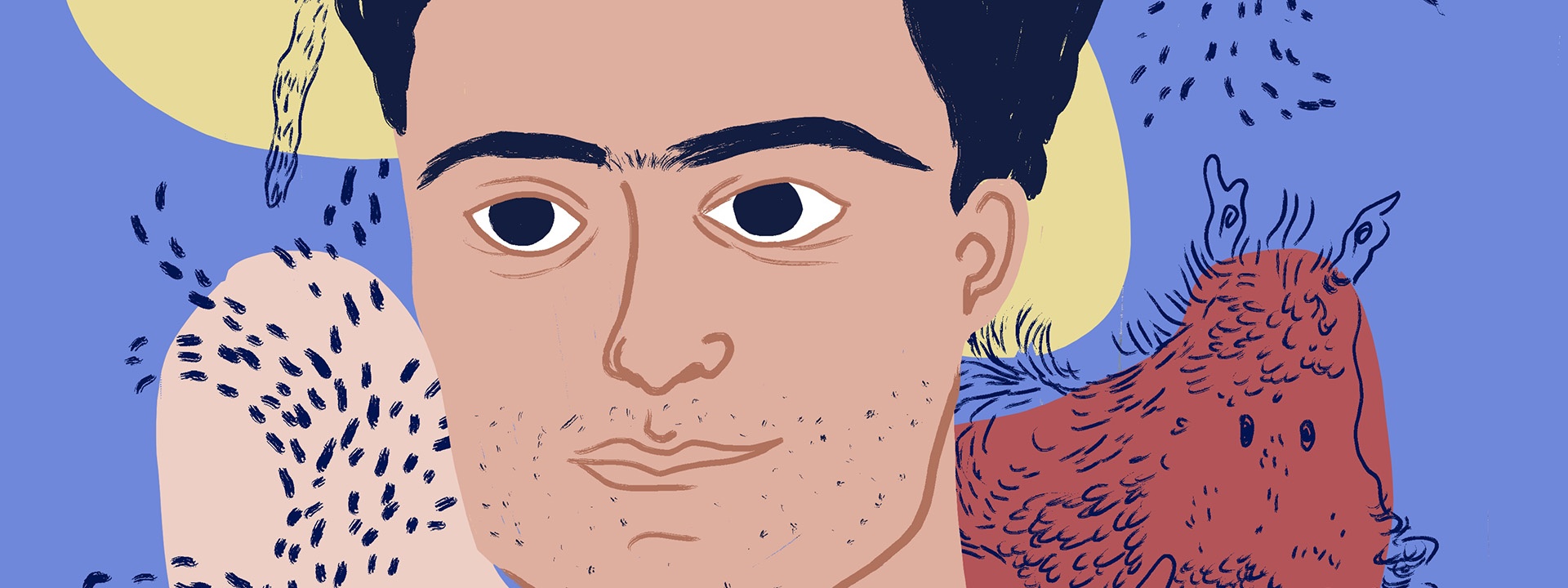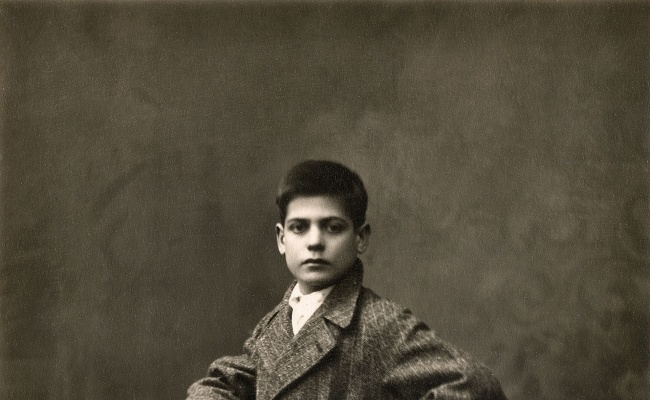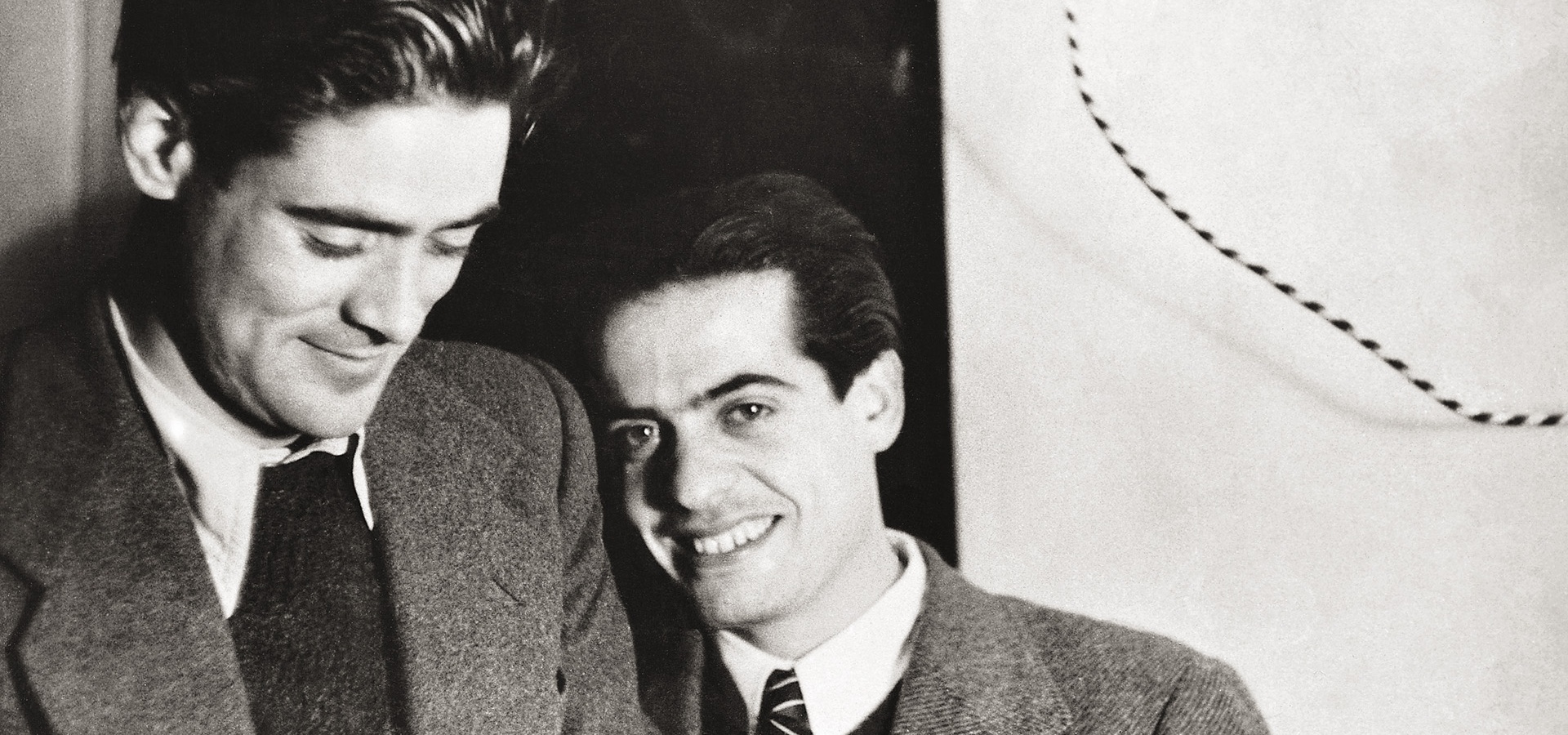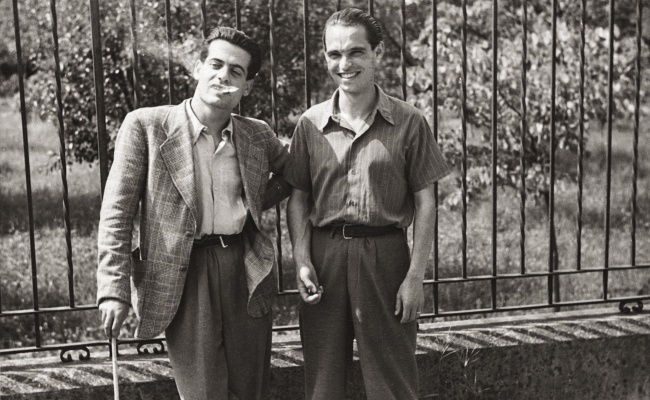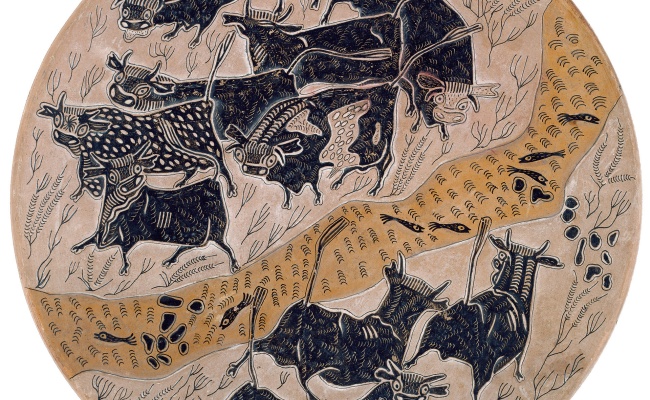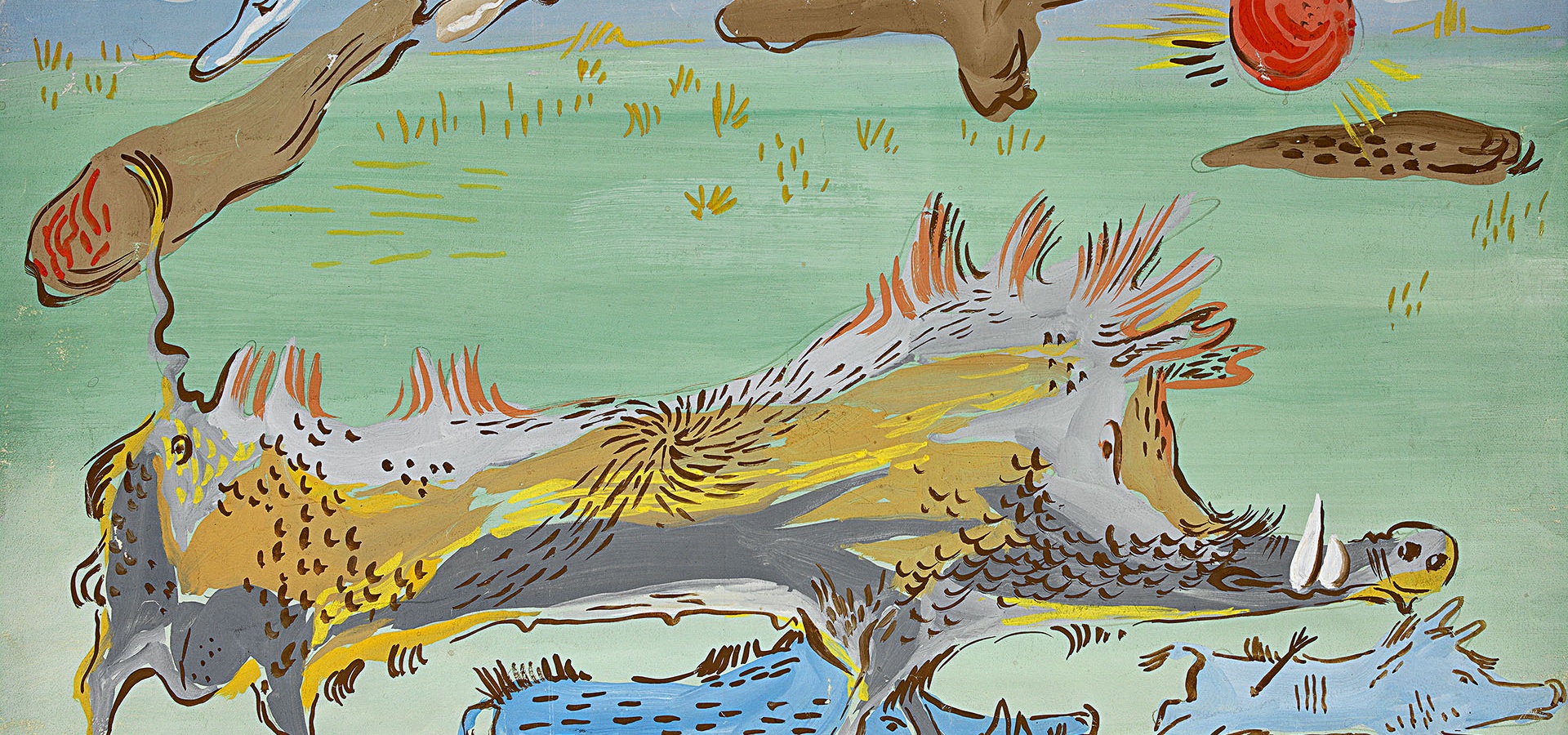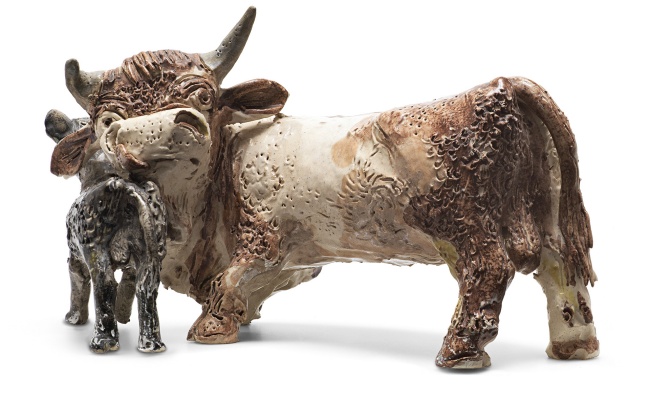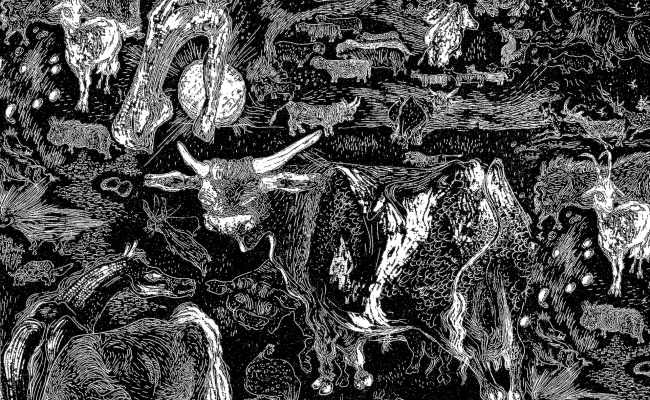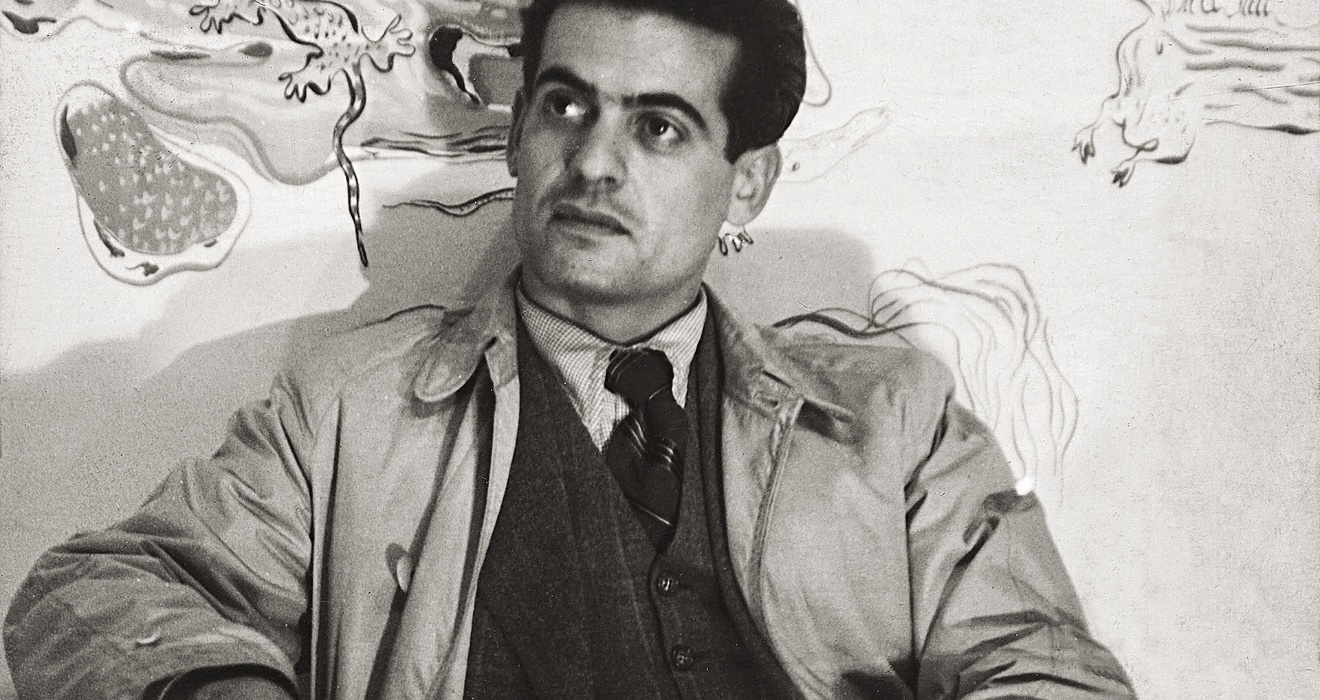Salvatore Fancello (b. Dorgali, 8 May 1916–d. Bregu Rapit, 12 March 1941) was an Italian sculptor, potter and painter.
Salvatore Fancello
Description
In 1930, he received a scholarship that allowed him to study in Monza at the Istituto Superiore per le Industrie Artistiche (ISIA). There, he studied ceramics and won the admiration of his teachers, including Marino Marini, Arturo Martini, Edoardo Persico and Giuseppe Pagano. His fellow students included Giovanni Pintori and Costantino Nivola, and the three became inseparable friends.
Despite some initial incomprehension, Fancello kept working and making use of what he had learned in school. In collaboration with Lai, he created the successful line Creazioni Fancello, which was also highly regarded by important buyers like the department store La Rinascente.
Sardinia, reinterpreted through the lens of time and memories, was at the heart of Fancello’s early artistic production. Between 1933 and 1935, he created a celebrated personal bestiary on paper and in terracotta, representing the island’s fauna in an imaginative, eccentric way.
Fancello’s work, which also included constellations, landscapes with female nudes and satirical vignettes published in Il Settebello, was highly esteemed across Italy. His works were often mentioned in the most prestigious magazines, like Domus, and garnered praised from authoritative critics, not least Giulio Carlo Argan.
 Nuorese Cultural District
Nuorese Cultural District